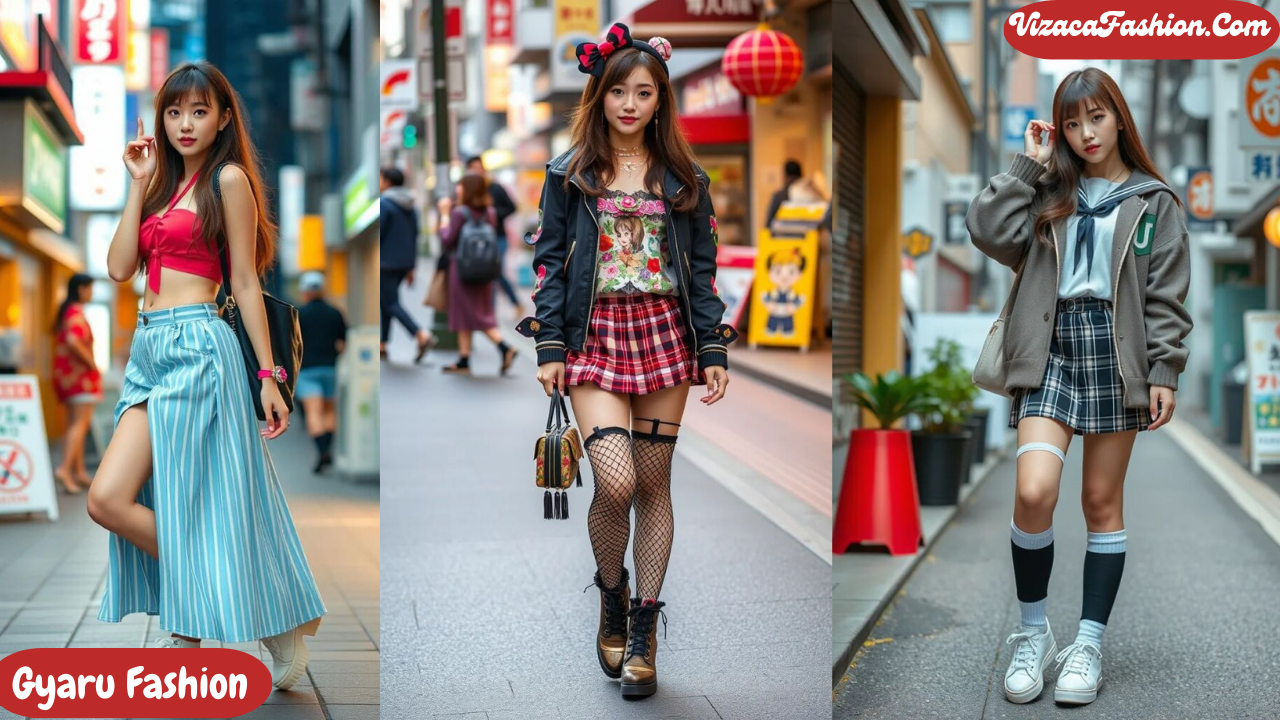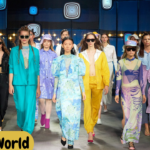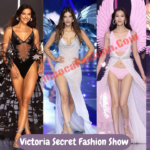Gyaru fashion, a captivating and colorful subculture originating from Japan, has fascinated fashion enthusiasts worldwide for decades. Known for its bold, rebellious style and unique aesthetic, gyaru fashion offers a striking contrast to traditional Japanese norms. This article delves deep into the essence of gyaru fashion, its evolution, key elements, and cultural significance, offering an extensive exploration of this dynamic phenomenon.
What is Gyaru Fashion, ??
Gyaru fashion is a Japanese street style that emerged in the 1990s as a rebellion against traditional beauty standards and societal expectations. The term “gyaru” derives from the English word “girl,” emphasizing youthful femininity with an edge. This subculture celebrates individuality, confidence, and an unapologetic love for bold aesthetics.
From its inception, gyaru fashion has been synonymous with heavy makeup, striking hairstyles, and innovative outfits, often influenced by Western trends. However, it evolved to encompass various substyles, each with its own distinct characteristics and communities.
The Origins of Gyaru Fashion
Gyaru fashion was born as a counter-movement to Japan’s rigid beauty ideals, which traditionally emphasized natural beauty and modesty. During the 1990s, young women began experimenting with their looks, embracing tanned skin, blonde or brightly colored hair, dramatic makeup, and flamboyant clothing styles.
This cultural revolution was fueled by a desire for self-expression and individuality. Early gyaru icons, such as singers and models, played a significant role in popularizing this fashion, inspiring countless young women to adopt the style.
Key Elements of Gyaru Fashion
1. Makeup and Hairstyles
Makeup is a cornerstone of gyaru fashion. Signature features include dramatic eyeliner, false eyelashes, and contouring to achieve a defined look. Circle lenses are often used to create a doll-like appearance, and lip makeup ranges from nude tones to vibrant shades.
Hairstyles are equally important. Voluminous curls, teased hair, and brightly colored extensions are common. Blonde, ash, or pastel-colored hair became hallmarks of the style, symbolizing its rebellious spirit.
2. Clothing Styles
Gyaru fashion is characterized by its diversity, with multiple substyles catering to different tastes. Some notable substyles include:
- Kogal: A schoolgirl-inspired look featuring short skirts, loose socks, and preppy accessories.
- Hime Gyaru: A princess-like style with luxurious dresses, pearls, and intricate hairstyles.
- Gyaru-kei: The mainstream gyaru look with bold patterns, trendy outfits, and casual chic elements.
- Manba and Yamanba: Known for extreme tanning, white makeup accents, and neon outfits, these styles emphasize exaggerated features and vibrant colors.
3. Accessories and Footwear
Accessories play a crucial role in completing a gyaru outfit. Oversized sunglasses, statement jewelry, and decorated nails are popular choices. Footwear ranges from platform heels and boots to trendy sneakers, adding an edgy or glamorous touch to the overall look.
The Evolution of Gyaru Fashion
Over the years, gyaru fashion has undergone significant transformations, adapting to changing trends while retaining its core essence.
Early 2000s
The early 2000s marked the golden age of gyaru fashion, with magazines like “Egg” and “Popteen” showcasing the latest styles and influencing a generation of enthusiasts. Gyaru gatherings, known as “gyaru-sa,” became popular, fostering a sense of community among followers.
Mid-2010s
As global fashion trends shifted, gyaru began to evolve. Substyles like “Onee Gyaru” emerged, emphasizing a more mature and sophisticated aesthetic. This period also saw a decline in extreme tanning and exaggerated makeup, with many adopting a subtler look.
Today
In contemporary fashion, gyaru has experienced a resurgence, blending traditional elements with modern influences. Social media platforms like Instagram and TikTok have helped revive interest in the style, introducing it to a new, global audience.
Cultural Significance of Gyaru Fashion
Gyaru fashion is more than just a style; it represents a cultural movement that challenges societal norms and celebrates individuality. It has provided a platform for young women to express themselves freely, fostering a sense of empowerment and confidence.
This fashion subculture also highlights the global influence of Japanese street style, which has inspired designers and fashion enthusiasts worldwide. The gyaru spirit—bold, vibrant, and unapologetic—continues to resonate, making it a timeless symbol of self-expression.
FAQs about Gyaru Fashion
What does “gyaru” mean?
The word “gyaru” is derived from the English word “girl” and symbolizes youthful femininity and individuality. It represents a bold and rebellious attitude towards conventional beauty standards.
What are the main substyles of gyaru fashion?
Some main substyles include Kogal, Hime Gyaru, Gyaru-kei, Manba, and Yamanba. Each substyle has distinct characteristics, ranging from schoolgirl-inspired looks to extreme tanning and neon outfits.
Is gyaru fashion still popular today?
Yes, gyaru fashion remains popular, particularly among fashion enthusiasts and subculture communities. Social media has played a significant role in its modern resurgence, introducing it to a global audience.
How can someone start embracing gyaru fashion?
To start, experiment with bold makeup, voluminous hairstyles, and statement clothing. Researching substyles and finding one that resonates with your personality can help you define your gyaru look.
What is the significance of tanning in gyaru fashion?
Tanning was originally a key element of gyaru fashion, symbolizing a break from traditional Japanese beauty standards. However, modern gyaru styles have shifted away from extreme tanning, focusing on other bold and vibrant features.
Conclusion
Gyaru fashion, ??, embodies the spirit of individuality and rebellion, offering a vibrant and dynamic approach to self-expression. From its roots in 1990s Japan to its contemporary resurgence, gyaru fashion continues to inspire and captivate. Whether through dramatic makeup, daring outfits, or unique substyles, gyaru remains a celebration of confidence, creativity, and boldness.


